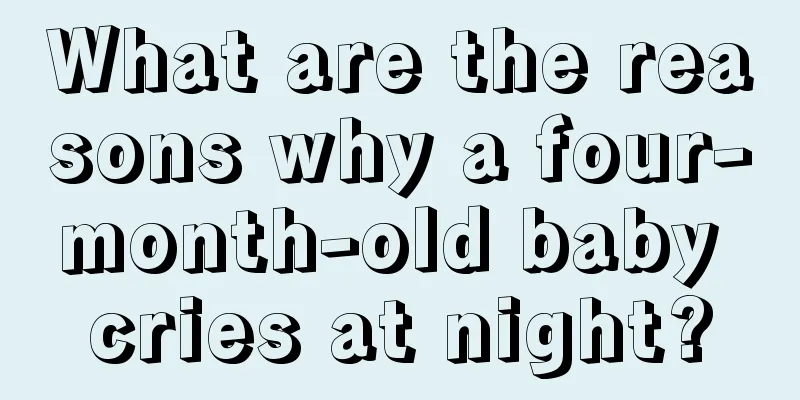When does a child's forehead close?

|
With the vigorous promotion and development of the national two-child policy. There are more and more children around us. And for children, physical development is very important. The closure of the baby's forehead will be related to the baby's future intellectual development. Some new mothers are very curious about when their baby’s forehead closes. Let’s take a look at when a child’s forehead closes. 1. The early or late closure of the fontanelle is the main factor to measure the development of the skull. Closure that is too early or too late is a manifestation of abnormal growth and development. In traditional Chinese medicine, a protruding fontanelle is called "fontanelle filling", a sunken fontanelle is called "fontanelle depression", and a delayed closure of the fontanelle is called "cranioclonus". Late closure of the fontanelle is often seen in infants with rickets, hydrocephalus, cretinism and rapid growth. 2. The fontanelle on the top of the infant's head usually closes at 12-18 months. The closure of the fontanelle is a window that reflects the development of the brain. If it closes before 6 months, it means that the child may have microcephaly or brain hypoplasia. If it has not closed after 18 months, it is too late. Such children may have hydrocephalus, rickets and cretinism; a bulging fontanelle indicates increased intracranial pressure, and such children may have meningitis, encephalitis and vitamin A poisoning; children with a sunken fontanelle may be suffering from dehydration and malnutrition. 3. The fontanelles of most babies close before 18 months, but some babies' fontanelles cannot close for a long time. Generally speaking, some diseases can affect the closure of the baby's fontanelle. ⑴ Rickets: due to the problem of calcium nutrition in the body, the bone calcification is incomplete, which eventually leads to late closure of the fontanelle; ⑵ Cretinism: congenital hypothyroidism in the body, thyroid hormone deficiency or reduced secretion affects the deposition of calcium and phosphorus in the bones, causing problems with bone calcification, leading to bone growth disorders and difficulty in closing the fontanelle; ⑶Hydrocephalus: It is caused by the accumulation of water in the cerebral ventricles, which affects the closure of the fontanelle. In addition to these disease factors, some babies may have poor skull ossification at birth and a large fontanelle of about 3-4 cm because their mothers have poor calcium nutrition during pregnancy. In this case, even though these babies have normal calcium nutrition after birth, the closure of their fontanelle may be later than normal. |
<<: There are some small bumps on the child's forehead
>>: Newborn baby's forehead does not twitch
Recommend
What are the folk remedies for children's tonsillitis?
If your child suffers from tonsillitis, you might...
What to do if your child has swollen abdominal lymph nodes
Abdominal lymphadenopathy in children is a common...
What to do if your 2-year-old baby is irritable and angry?
What should I do if my 2-year-old baby is irritab...
What foods are good for the fetus?
Every expectant mother and father looks forward t...
What to do if an eight-year-old boy is disobedient
Many mothers will find in the process of raising ...
How to care for acne on baby's face
It is easy to get angry in the spring. Not only a...
What to do if your child is lonely
If a child has a withdrawn personality, parents s...
What is the treatment for nose bleeding in children?
In fact, many people have experienced nosebleeds....
Baby tosses and turns when sleeping at night
It is common for babies to toss and turn during s...
Baby's legs are swollen and have lumps
When babies are young, they cannot fully express ...
What to do if your baby has indigestion and diarrhea
When a child's immune system is not fully dev...
What to do if your child knocks out a tooth
We all know that children are naturally lively an...
How can students improve their memory?
Every parent hopes that their child is smart, whi...
What are the dangers of asthma in children?
Looking at the stars in the entertainment industr...
Why do children have repeated fevers?
In clinical practice, some diseases always recur,...









